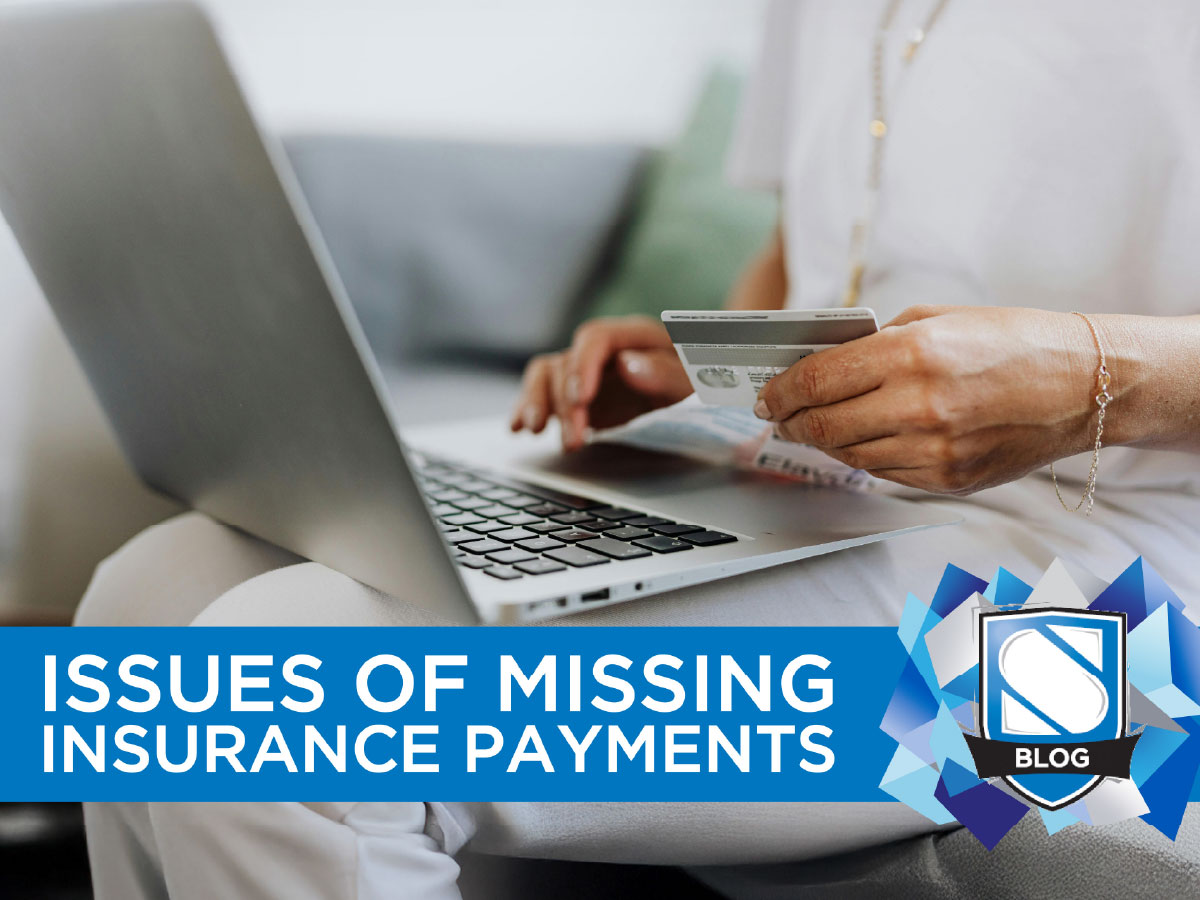« Back to Summer 2025 Newsletter
If you have a young person in your life, graduations and preparations for post-secondary education are well underway. To help you prepare, we’ve gathered some helpful financial tips for parents withdrawing from a Registered Education Savings Plan (RESP) for your child’s education:
6 Tips to Use RESP Savings Wisely
- Withdraw Contributions First – Your original contributions can be withdrawn tax-free, so consider using them before tapping into taxable Educational Assistance Payments (EAPs) or use both along the way.
- Plan EAP Withdrawals Strategically – Since EAPs are taxable in the student’s name, withdrawing smaller amounts over multiple years can help minimize taxes.
- Understand Withdrawal Limits – The maximum EAP withdrawal is $8,000 in the first 13 weeks for full-time students and $4,000 per 13-week period for part-time students.
- Maximize Your Child’s Low-Income Years – If your child has a low income due to limited work or co-op placements, withdrawing more EAPs during those years can reduce tax liability.
- Use Funds for Eligible Expenses – RESP funds can cover tuition, books, rent, and other education-related costs. Keep receipts in case proof is required.
- Check with Your RESP Provider – Each financial institution may have specific withdrawal requirements, so be sure to confirm details with them before making withdrawals.
Ways to Avoid Common RESP Withdrawal Delays
Withdrawing from your Registered Education Savings Plan (RESP) for the first time can feel overwhelming, but here’s a step-by-step guide to make it easier:
- Get Proper Proof of Enrollment: Confirmation of enrollment usually means a letter from the school or a paid invoice from the registrar’s office. This document should include the school letterhead or logo, the student’s name and ID number, current academic year and full-time or part-time status. A student specific semester timetable with this information is also acceptable in some cases.
- Understand Withdrawal Types: RESP funds are divided into Contributions (these are withdrawn tax-free by either the contributor or the student) and Educational Assistance Payments (EAPs) (taxable in the student’s name). Lastly, there are Accumulated Income Payments (AIPs) ( which are taxed at a higher rate if not used for education).
- Request the Withdrawal: Contact your RESP provider and submit the necessary documents. Each financial institution has its own withdrawal form, which must be completed and submitted.
- Allow time for processing: RESP withdrawals tend to be slower to process since they contain government grant money and information must be verified. Allow at least two weeks for processing. Being organized with all documents in good order can help avoid unnecessary processing delays too.
- Student’s Government Identification: Some RESP providers may require government-issued ID for verification for the student.
- Banking Information: If funds are being deposited directly into a bank account, you will need to provide the student’s bank account pre-authorized form or void cheque so that money can be deposited directly to avoid delays.
- Plan for Taxes: Since EAPs are taxable, withdrawing smaller amounts over time may help minimize tax impact.
What to do with unused RSP Money?
If your child does not pursue post-secondary education or did not use all the RESP savings in their name, consider transferring RESP funds to an RRSP (up to $50,000) to avoid penalties.
You will give back the CESG grant money – but gain an RRSP contribution tax deduction in return!
If you have any questions or need clarification around RESP withdrawal rules, contact a financial advisor such as Plan For Wealth Ltd..
« Back to Summer 2025 Newsletter














0 Comments